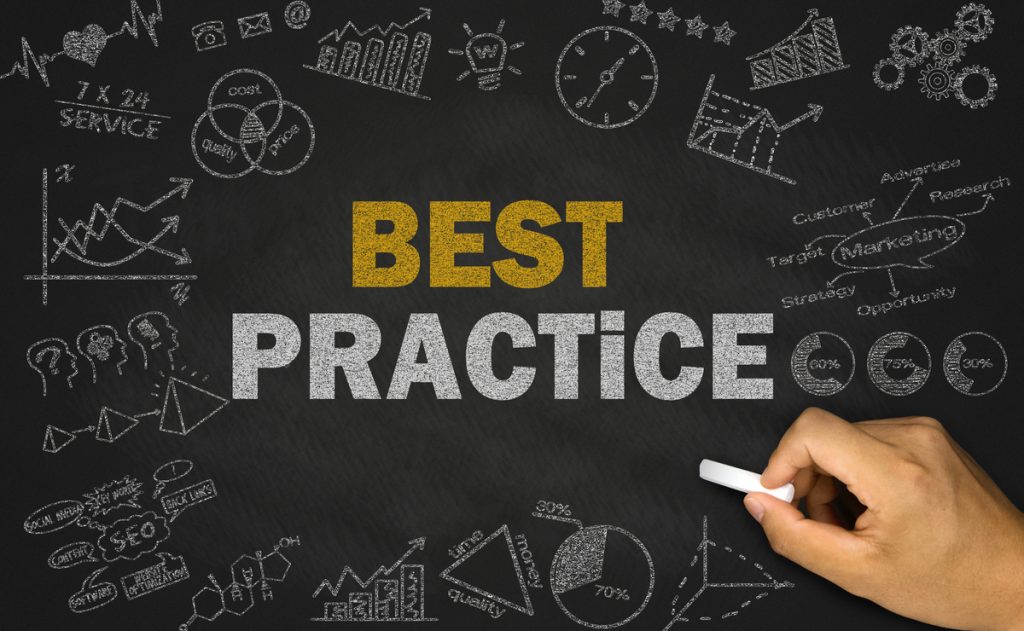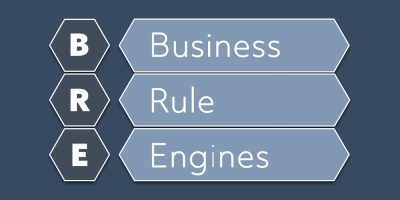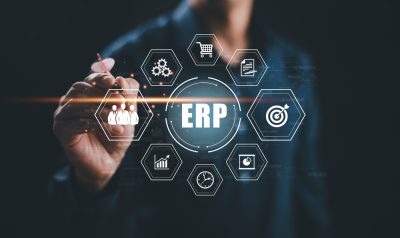Welcome to the whole new SaaS world!
Looking forward to implementing Software-as-a-Service (SaaS) but unsure if it is the right choice for your business? Let’s find out…
The virtual era has seen a massive transition in a brief span, from the moment that SaaS businesses were an evolving trend in the internet universe to them developing its pervasive component.
The SaaS industry is anticipated to account for about USD 220 billion by 2022 from USD 134 billion in 2018, at a CAGR of 13% during the forecast period. This growth is attributable to resolving business challenges, reducing the total cost of ownership, and taking away the hassles of managing local hardware. Also, it estimated that about 380 million SaaS applications would be installed worldwide by 2021.
There is no doubt that SaaS makes excellent sense for almost any business. But let’s face the fact that no one envies the SaaS implementation team. Yes, getting your SaaS up and running could be daunting, but it does not have to be.
Let’s race it…here are five SaaS implementation best practices to help you with your new software implementation plan.
Following five best practices will offer your SaaS business a cut-throat approach:
Setup phase
This is the SaaS business’ initial phase where the product is being developed, and the go-to-market strategy is being created.
1. Focus on developing a robust platform
Failure or success of the SaaS business widely boils down to the product itself. The following three areas should be on the top of your priority list:
- Versatile product options – understand the requirements of consumers and package your product accordingly. For instance, it should be accessible across the globe, even at places with low internet bandwidths. To get a deep understanding of consumer’s behavior and requirements, make sure to implement performance and monitoring management solutions.
- Advanced features and frequent upgrades – make sure that your product delivers advanced features and is upgraded timely to meet the client’s dynamic requirements. For a smooth process, categorize low on priority elements, must-have, and suitable to have during the development phase and execute accordingly.
- Robust safety measures – be careful about your security measures concerning data storage and accessibility. This is because consumers should find your product trustworthy, safe, and secure.
2. Best practice to make sure your product can be customized
Ensure that the SaaS product should have seamless integration capabilities and customization property. If consumers find it easier to customize the product as per their requirements and integrate it with other applications, their user experience will be better.
Thrive phase
In this phase, your SaaS business is expanding, profits are increasing, and infrastructure maintenance and consumer retention costs are also increasing.
3. Synthetic monitoring from any corner of the globe
Synthetic monitoring is the best practice to monitor performance in real-time as it allows one to keep track of consumer demands, load times, and record user journeys. Also, it will enable to resolve issues periodically. Synthetic monitoring supports businesses to stimulate user journeys worldwide to test for performance, availability, uptime, and functionality.
In a SaaS-based business, performance monitoring could allow the following –
- Security – in addition to conformity to the GDPR (General Data Protection Regulation)and EU-US (Europe – the United States) and the Swiss-US Privacy Shield Frameworks, along with additional data privacy guidelines like HIPAA (Health Insurance Portability and Accountability Act), industries must focus on executing security measures at all three levels of the technology stack:
- Infrastructure
- Network
- Application
- Business scalability – SaaS-based business will accomplish scale by continually winning the hearts of new consumers, offering excellent consumer experience, and preventing consumer attrition by preventing system failures.
Being able to stimulate consumer journeys from across the globe and monitoring organizations’ web pages and services in real-time could help you achieve scale along with consumer retention.
- User performance – understanding user journey and behavior will help you enhance their experience, engage them better, and convert more prospects. It is crucial to monitor and capture user interactions while using mobile browsers and multiple desktops during shopping, login, and sign in for your products.
Sustain phase
This is the phase where the business becomes stable but needs to retain its market share and position.
4. When your SaaS business is steadied, automate it for enhanced consumer experience
In-depth performance management and a reliable platform will support business growth. Once the SaaS business is stabilized and starts generating revenues and optimizing costs, find ways to automate certain parts of it for enhanced consumer experience.
For instance, automating the billing process to have customized billing as per metered usage and automating the marketing workflow, such as follow-ups on emails and scheduling social media posts.
5. SaaS integration into consumer’s business model
SaaS integration into the consumer’s business model will offer value to all stakeholders in the ecosystem. In a SaaS business, you are only successful until your consumer is successful. Several products support the business functioning, whereas few of them genuinely integrate into the consumer’s business.
Many stakeholders are embroiled in this process, and each one of them must find value in your offering. Find out the value proposition for the stakeholders and offer a thoughtful design and user experience.
SaaS ruled 2020, a pandemic year, because of the large-scale shift to remote work.
Best SaaS apps every organization must know:
Still thinking about SaaS?
Some of the most popular and innovative SaaS applications can help you find your way toward the SaaS world.
- Salesforce.com
- Microsoft Office 365
- Box
- Google Apps
- Amazon Web Services (AWS)
- DocuSign
- Zendesk
SaaS CRM – new to organizations
The SaaS CRM software will help you understand what exactly SaaS means for your business. A SaaS CRM software runs on the cloud and is entirely managed and hosted externally by the providers.
It offers the following benefits to the organizations:
- Everyday backups and security
- 24/7 access to SaaS programs
- No maintenance or installation costs
- Enhanced sales team collaboration for SaaS application management
- Integrate all business systems
It’s a wrap-up….
Why wait now? Boost your team’s confidence and create a blueprint for future projects and rollouts. These five best practices will escalate your organization’s performance and each stage of the SaaS business lifecycle.
It is a must to empower the team of heroes with the right decision-making power for successful SaaS implementation. After all, nothing kills project momentum like how mismanagement and wrong decision does.
Finally, I would like to say that these five SaaS best practices will help one emerge successfully with satisfied users and stakeholders, a strong team, and productive new technology. SaaS solutions are an important part of a business strategy and can offer better collaboration between consumers and employees. Thus, support a more agile and faster approach to enabling business abilities.
Last but not least, SaaS CRM software helps in faster onboarding and improved conversions.
For more such content, download our latest whitepapers on IT Infra best practices and SaaS.





































































